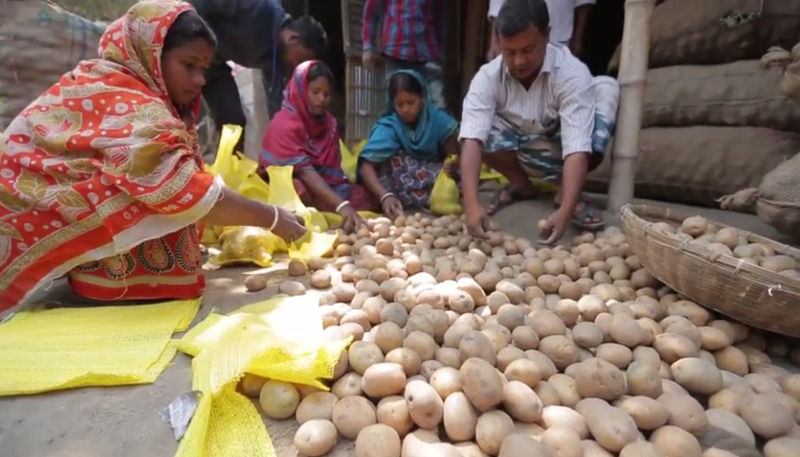Context
Bangladesh, which has a dense population of more than 162 million, is rapidly urbanising. The country achieved considerable success on its Millennium Development Goals (MDGs) agenda, but many people still live below the poverty line. Bangladesh is vulnerable to climate change. Economic growth, currently solid at 6%, is in jeopardy due to a high dependency on Ready Made Garment (RMG) exports and revenues. Approximately 10 million Bangladeshi work abroad and recently the surge of undocumented Bangladeshi migrants arriving in Europe increased. Bangladesh itself is dealing with a Rohingya influx. Aspiring to become a middle-income country by 2021, infrastructure, corruption and ease of doing business must improve. Pressure to improve labour and safety conditions is still necessary and is receiving extensive support from the Netherlands. With a drift towards a one-party system, democratic legitimacy is an issue and respect for human rights is under pressure. Authorities are actively combating terrorism, yet the threat level remains high.





